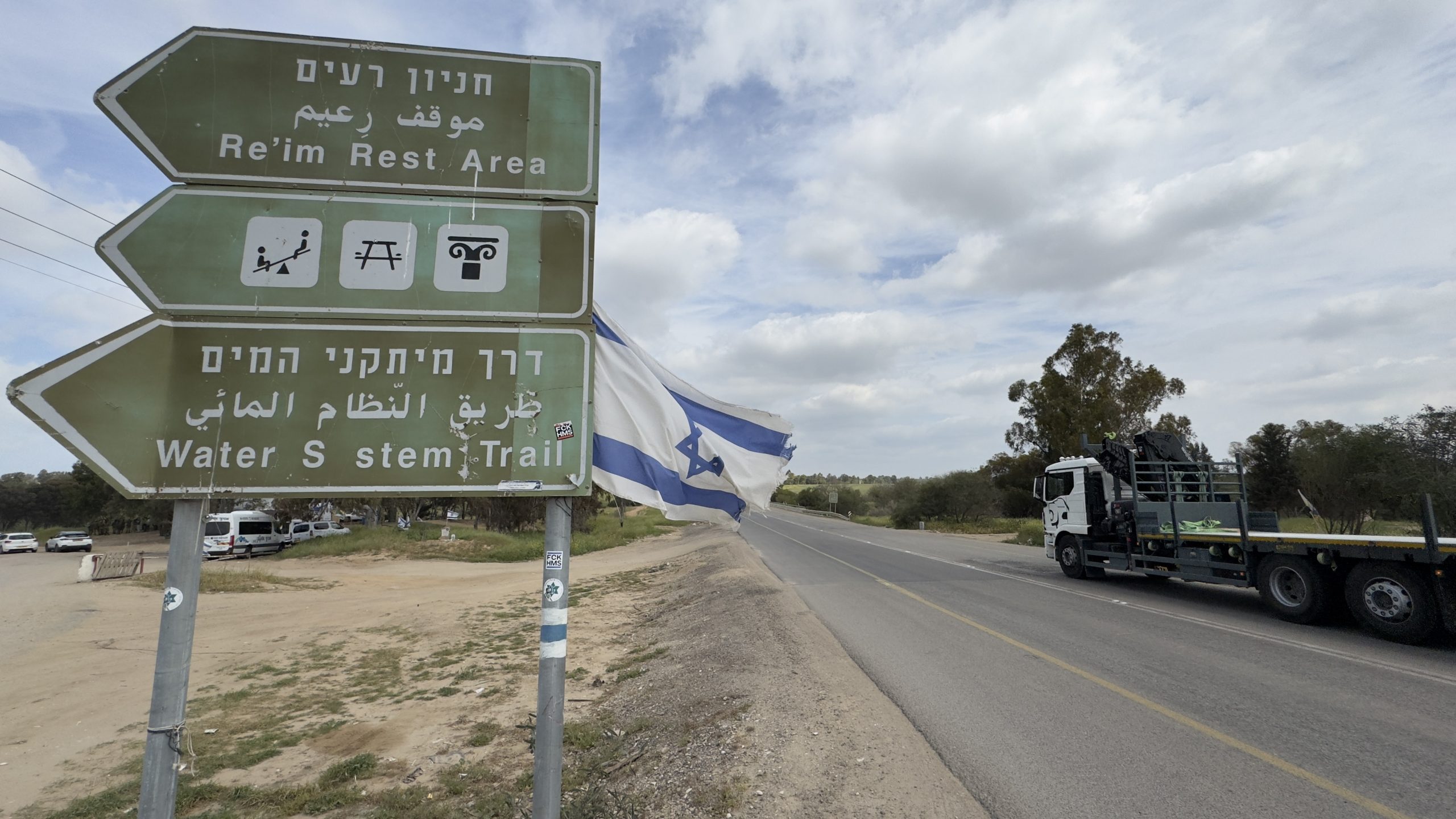
Like the October 7 docs that have preceded it during the past year, The Killing Roads may be tough to watch but it is essential viewing. At just under two hours, it is the longest October 7 documentary to date.
I’m not kidding around when I saw this one is tough to watch–I paused four different times while viewing. Given the scale of atrocities, it features graphic footage. Where other films blur out the dead bodies, there are moments where viewers must bear witness to the charred bodies. No matter what people say about bearing witness to October 7, this film is still a lot to take in. Whether it’s listening to a survivor tell their story or watching a documentary, you will not be the same person after the fact. This is only the first of two such documentaries that I am taking in today. It is available to watch on YouTube because it’s apparently too controversial for distributors.
Filmmaker Igal Hecht focuses his attention on Roads 232 and 34, which is also known as the Sha’ar HaNegev Junction. It is a crucial artery in Israel. After Hamas breached the barrier between Gaza and Israel at 6:30 AM, it would be hours before Israelis reclaimed the intersection. In between that time, Israelis attending the Nova Music Festival did their best to escape. Some were lucky and hid for hours. Others were not so lucky and paid for it dearly with their lives–the film is dedicated to their memory.
Hecht talks to a small amount of survivors or family of victims. Everybody that he talks to in the film had lost a loved one or friend on October 7. The filmmaker is there when survivors Daniela Gandi and Roi Azulay return for the first time since October 7. Yael Yogev walks Hecht through how she miraculously survived. Many of her friends died but it is a miracle that she is alive. Lee Sasi was traveling on vacation and hiding in one of the bomb shelters–her cousin, a music producer, died but she lived because of the position in which she hid. In the same way that it is not easy for them, it is equally not easy for viewers.

Moshe Weitzman, a driver for United Hatzalah, recounts his experience of October 7. Meanwhile, ZAKA veteran Simcha Greiniman walks Hecht through what he did on October 7 and in the aftermath. He spent weeks collecting bodies and parts before clearing houses. Meanwhile, there were some 350 cars that were completely burnt, whether on the highway or at the Nova site. Every single car is a crime scene and there are over 2,000 cars in total. It hits really hard when he says that he has not had time to mourn.
Hecht has access to a lot of archival footage, whether it is from survivors, United Hatzalah, security cameras, or the Hamas GoPros. Make no mistake about it: Hamas terrorists were happy and thrilled about killing Jews. They hunted women just so they could rape and kill them. And yet, there are people who will still insist that there wasn’t any activity of sexual violence. I’m sorry but nobody can call themselves a feminist when they deny the sexual violence that took place.
In as much as it was a hard film for filmmaker Igal Hecht to make, The Killing Roads is equally hard on viewers to watch. We will never forget October 7. It was the worst attack on Jews in a single day since the Holocaust. May every victim’s memory be for a blessing.
DIRECTOR/SCREENWRITER: Igal Hecht
FEATURING: Igal Hecht, Moshe Weitzman, Livnat Regev-Levi, Daniela Gandi, Limor Waitzman, Eti Geta, Yael Yogev, Yonit Turgeman, Roi Azulay, Lee Sasi, Simcha Greiniman, Maya Parizer
Chutzpa Productions released The Killing Roads on October 1, 2024. Grade: 5/5
Please subscribe to Dugout Dirt and Solzy on Buttondown.





